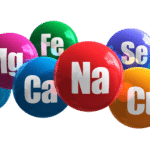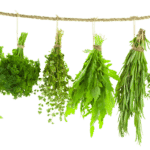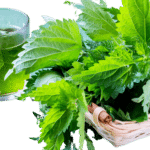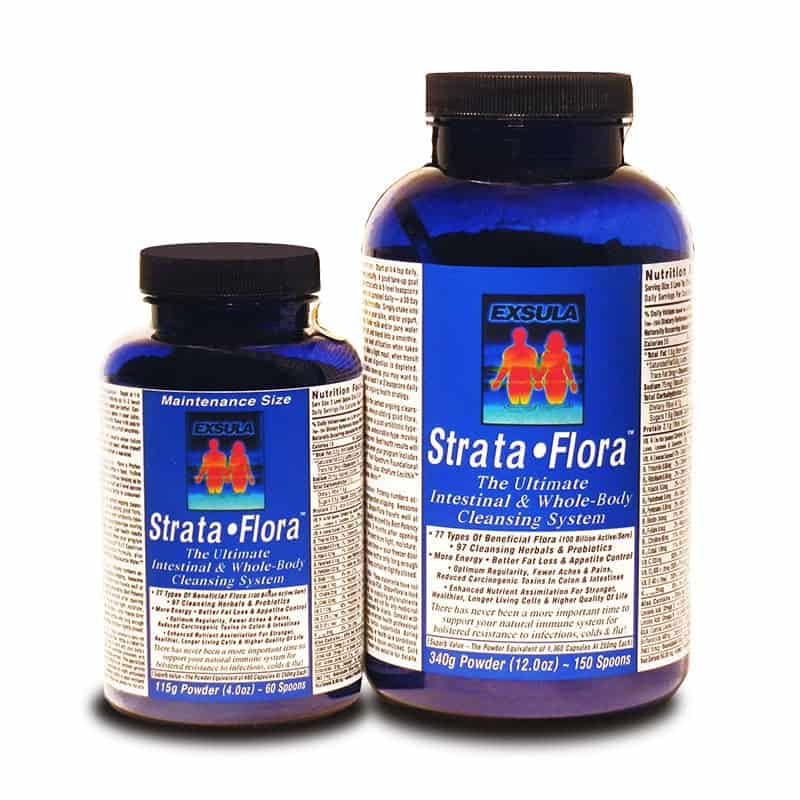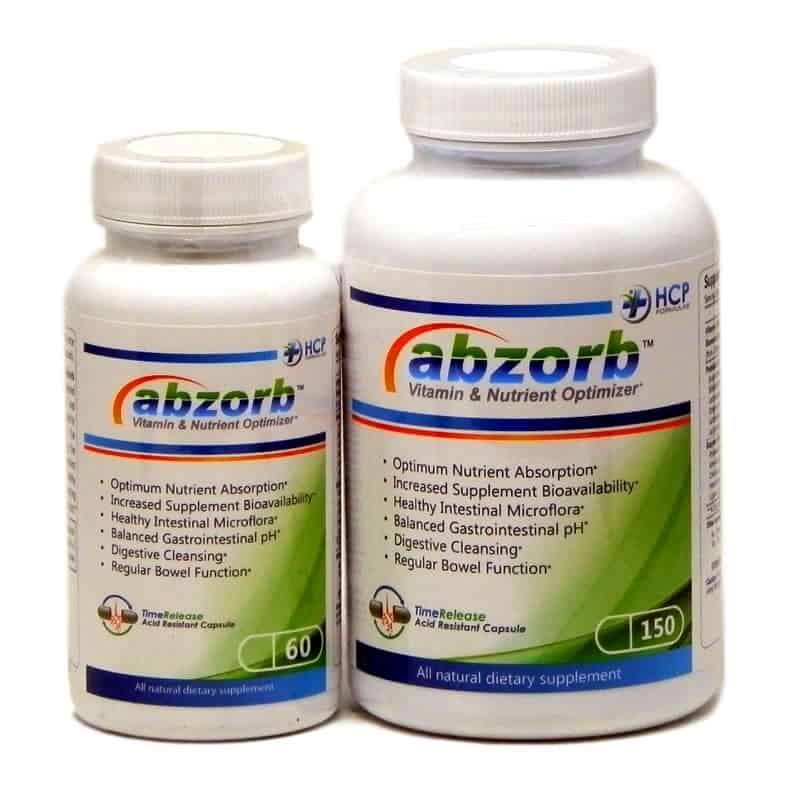No products in the cart.
Sugar: Friend and Enemy
Part 1
The story of sugar is a long one, and it is not as sweet as it may seem to be. Sugar can be both friend and enemy, depending on the source and volume consumed. There are two issues with sugar that you must consider: concentration and refinement. Not too long after the sweet taste of sugar leaves your mouth, the bitter consequences set in. In this first part of our sugar series, lets peek under the sugar bowl lid to see exactly what is hiding there.
A long time ago, before we started creating our food in factories, when we consumed only what nature intended us to eat, flavors were an indicator of nutrient density for the most part. If something was sweet, it was ripe and safe to consume; it gave us energy, like fruit and vegetables. Salty and fatty flavors belonged to meat and fish and satisfied our hunger. A bitter taste was a sign of something not very palatable or possibly even poisonous. That was about it. No artificial flavoring, no sneaky ingredients, no chemical enhancers, no brain stimulants or neurotoxins. Just natural, nutrient dense food. Fruit was not available all year round, and of course there were times and places where it was difficult to hunt for meat. The bottom line is that our ancestors consumed far less calories from sugar than we do today.
The human body needs sugar, but it is important to know the difference between naturally occurring carbohydrates from whole foods, and processed, nutritionally empty, highly palatable products. Our brain needs sugar to function, our muscles need it to move, and even our liver needs a fair amount of sugar to do its job properly. Sugar is the primary fuel for nearly every process in our body because it is a source of quick burning energy. Not enough sugar can be as dangerous as too much of it. Sweet tasting things are very stimulating to the human brain and you might actually be aware of the fact that eating sweet things usually makes you crave even more (stay tuned for more on this in section 3). To understand why, we have to talk a bit about science, including the microbiome as the bacteria living in our gut thrive on sugar.
Sugar is not just the white powder, crystals, or cubes that first come to mind. Sugar is the building block for carbohydrates. Everything we eat contains protein, fat, and carbohydrates, in various ratios and combinations. We call these macronutrients. Carbohydrates are broken down into starch, fiber, and sugar. Sugar is a simple carbohydrate that is responsible for the sweet taste of fruit and vegetables, and of course processed foods and drinks. Sugar is metabolized into glucose, simple sugar that is absorbed into our bloodstream and then stored in the liver and muscles as glycogen. Glycogen can be released back into the bloodstream and turned into glucose when needed. This is all regulated by two hormones: insulin and glucagon. (We are going to learn more details about these hormones and their function in part two of this series.)
There is a big difference between consuming sugar from a natural source versus processed food. For our body to be able to metabolize sugar, we also need to consume certain micronutrients, in particular B vitamins, magnesium, iron, zinc, vanadium, and chromium. Naturally sweet, whole, unprocessed foods contain these nutrients, but processed sugars don’t. If you ever heard the term empty calories, this is what it is referring to. Eating 4 teaspoons of white table sugar gives your body about 60 calories, no nutrients, no vitamins, no minerals. Our self-regulating system works smoothly, so when the carbohydrates we eat come from natural, nutrient dense sources, we benefit from the nutrients too, but it can create a mess when overeating the wrong types of carbohydrates. Its the difference between snacking on an apple with a handful of nuts versus a doughnut.
Natural sweeteners like honey, agave nectar, coconut sugar, or maple syrup can be well tolerated, if your digestive tract is perfectly healthy. But if you still struggle with any kind of health issue, autoimmune disease, SIBO, Candida, or gut dysbiosis, you should consider keeping your sugar intake low as sugar fuels inflammation, and feeds the unhelpful bacteria. Don’t limit your vegetables though, raw or cooked, as they are whole foods, nutrient dense, and important for digestive healing. Don’t stay away from fruit, but treat it as a dessert if you want to regain control of your blood glucose regulation and keep it well balanced.
Carbohydrates are very important for our health, but we should do our best to get them from non-refined natural sources. Reading labels (or eating foods that don’t need them) is the best thing to do in this case, because as you might learn on your next grocery store visit, added sugar is almost everywhere. Every time you see the words HFCS (high fructose corn syrup), dextrose, fructose, lactose, galactose, maltose, ribose, basically everything that ends with -ose, remember it is a simple sugar that was added to your food. Brown sugar, cane sugar, and beet sugar are still heavily processed, nutritionally empty sugars. High fructose corn syrup, rice syrup, or malt syrup are processed sugars as well. Removing the empty, processed sugar from your diet should be the very first step.
Your individual carbohydrate intake depends on your own health status and also activity level. Very active workers and athletes will need more carbohydrates in their diet than those who are mostly sedentary as they need more sugar to restore muscle glycogen than inactive people. Always be aware of your own needs and your health concerns before experimenting with different levels of carbohydrate intake. Balanced blood sugar levels and balanced hormones create the well balanced, healthy human beings we naturally are and should be. Even in todays modern world full of dangers like colorful cereal boxes and highly palatable processed food-like substances, with good information we can navigate ourselves towards sustainable health.
Sugar – Part 2
The amount of sugar we can safely carry in our bloodstream is limited; it is around 4 teaspoons. If there is more sugar in the body than we can handle, we need to store it somewhere. When we eat sugar, our pancreas releases insulin, a hormone responsible for managing and storing sugar in the body. Insulin sends a message to your cells to let nutrients in and keep the blood glucose level stable by doing so. Our bodies need a certain amount of glucose to replenish and recover after both mental and physical activities. However, when there is too much glucose in the blood, our cells have to store the excess glucose by turning the sugar into fat. The human body has very limited storage for carbohydrates, but unlimited storage for fat. Sugar converted into fat can either appear in the form of triglycerides (circulating blood fat) or adipose tissue (body fat). The amount of carbohydrates our body can store varies from person to person and it depends on many factors, including activity level and current health condition. Particularly the presence of untreated autoimmune conditions will affect how the body stores or loses fat.
We already mentioned insulin, and most of you probably know there is a link between insulin and diabetes. When you have a consistently high level of blood glucose, the body demands more and more insulin production from the pancreas. Beta cells of the pancreas that produce insulin can easily be damaged if this overstimulation goes on for too long. The pancreas is then no longer able to produce insulin, making the body unable to manage blood glucose levels on its own. This autoimmune condition is called type 1 diabetes. Patients with type 1 diabetes need to receive insulin shots so their body gets the signal to store glucose from the bloodstream. Otherwise their blood glucose level could rise dangerously high, leading to hyperglycemia. Temporary hyperglycemia is usually benign, but chronic and a prolonged hyperglycemic state can lead to permanent damage in the body, including kidney, neurological, and cardiovascular damage.
There is another player in blood glucose regulation besides insulin called glucagon. While insulin stores sugar in cells, glucagons role is to release sugar back into the bloodstream when it drops too low. When the body loses its ability to produce glucagon (this sometimes happens with type 1 diabetics when taking too much insulin for a longer period of time), you can become hypoglycemic, which is the opposite of hyperglycemia. Symptoms of hypoglycemia chronically low levels of blood glucose are shakiness, anxiety, sweating, headache, nervousness, fatigue, weakness, apathy, or anger. Low blood sugar levels affect the central nervous system and can even lead to abnormal thinking, impaired judgment, negativity, personality change, emotional instability, and in serious cases even coma. Remember that you can occasionally feel light headed and anxious when you have low blood glucose from fasting, but this is not hypoglycemia, this is just a temporary state that can be managed simply by eating the right food for your metabolic type. Hypoglycemia is a health condition that must be managed medically with glucagon intake, just as diabetes calls for insulin. In many cases, it may also be possible to manage by eating the right kind of fuel for your metabolic type, allowing you to maintain more stable blood glucose throughout the day. Generally speaking, most people prone to hypoglycemia will feel better including more fats and proteins in their meals as they tend to be slower burning fuel which allows you to keep more stable blood sugar for longer.
Consuming too much sugar can lead to different kinds of conditions besides diabetes. Symptoms like mood swings, acne, PMS, unrestful sleep, and muscle fatigue are just a few of the signs of sugar addiction and nutrient deficiencies caused by consuming too much simple sugar and empty calories. Other long term issues include PCOS, anemia, cystic acne, eczema, psoriasis, adrenal fatigue, and insomnia. Sugar and carbohydrates don’t affect just insulin and glucagon, but they also have an impact on the thyroid gland, ovaries, low testosterone, fertility issues, body weight, etc. Blood glucose regulation is important for overall hormonal balance in the body. With every health issue, regulating blood glucose is recommended as a first step.
Sugar also plays a role in chronic inflammation in the body and it has an impact on the digestive system (and this is closely tied with the immune system, as we discussed previously). Certain types of sugar (fruit sugar called fructose or dairy sugar called lactose) are not digested the same as glucose, and for some people, these can be hard to metabolize, causing digestive issues. Fructose is first processed by the liver and too much fructose can put too much stress on this organ and cause inflammation in the body. Lactose intolerance is pretty common. People with specific digestive issues should avoid certain types of sugar. People with Irritable Bowel Syndrome often suffer from fructose intolerance. People sensitive to FODMAPs generally feel better without fructose and sugar alcohols. And last but not least, people who struggle with candida overgrowth or gut dysbiosis should stay away from sugar, as sugar feeds these unhelpful bacteria in the gut, allowing them to thrive when it would be better to starve them out, and supplement with extra probiotics containing more helpful strains of bacteria.
Well, the whole sugar story doesn’t really sound that sweet, right? This was some hardcore science you just learned, I bet some of those things your doctor never told you. We know we need sugar to live basically, but now we also understand that the overconsumption of refined sugar leads to a number of health issues. Do you recognize any particular problem you can relate to?
Sugar – Part 3
In this final section, we will talk about sugar addiction, the traps we fall into over and over, and finally, how to escape this dangerous spiral for good.
Sugar is highly addictive. In part one we mentioned that eating sugar usually makes us crave even more of it. Here is why: our bodies produce dopamine, a neurotransmitter that controls feelings of pleasure and reward. It is a chemical messenger in our brain and it is released in response to the consumption of sugar, caffeine, or even narcotics, but also as a reaction to a human contact (hugging a loved one, being intimate with your partner). The dopamine reaction from eating sugar sends a signal to your brain that encourages you to eat more in order to get more of that pleasurable feeling. As a result of this biochemical process, you grab another cookie, or in a better case, another banana. When only naturally sweet foods were available, it was not as easy for us to overeat and overstimulate our bodies. Today, we are flooded with sugar packed foods everywhere we go, and they are carefully CREATED for us to crave and buy more of them.
The processed foods available in our grocery stores are packed with hidden sugar. It is in nearly every item on the shelf, even foods you would never expect it to be in, like bread, pasta sauces, ketchup, or salad dressings. Even if you avoid obvious sources of sugar like candy, chocolate, and sweet pastries, you might be consuming more sugar than you think. How is that possible? Why do manufacturers add so much sugar into everything? People who manufacture your food are well aware of the effect sugar has on the human brain. Scientists are constantly working on more ways to trigger our cravings and make us come back for more. For example, notice that there is sodium (as in salt) present in soda. Sodium is known for increasing thirst, making you drink more and more. Eating salted potato chips or nuts always makes you drink more, right? That is sodium doing its job, and people who create our food know this. Adding sodium to a drink that is also very high in sugar makes you not just want more, but also NEED more. One can of soda contains about 10 teaspoons of sugar, and as for sodium, you can get anywhere from 12 milligrams per can (regular coke) to 50 milligrams (orange soda) in just 12 ounces, which is way too much for the body to handle at once!
When our bodies are depleted of nutrients due to overconsumption of bad (processed) carbohydrates, it leads to chronic stress in the body which deprives us of the vitality and health we want to be living in. Constantly high or low blood glucose also creates a lot of stress for the body. As a response to stress, our body starts producing cortisol, known as the stress hormone. Some cortisol in the body during the day is perfectly normal. The highest levels of cortisol are in the morning, when we wake up; it makes us take action. Cortisol production slows down near the end of the day, so we are ready to relax and slowly prepare ourselves for a good nights sleep. When we are constantly stressed, cortisol production gets out of balance. Our body knows something is not in order and this loss of balance brings on a cascade of health problems. Hormonal imbalances are connected to each other, so having one hormone out of balance usually leads to another problem somewhere else in the body. These issues might not seem connected at first (what do fertility problems have to do with eating sweet breakfast cereal?), but it is a vicious cycle of blood glucose levels and hormonal responses. It is more than obvious that if we want to take back control, we need to break free from sugar addiction and excess consumption.
If you don’t feel like quitting sugar cold turkey, try baby steps. Stop putting sugar in your coffee first, or at least decrease the amount. Break up with refined sugar in the morning by swapping your bowl of cereal for a spinach omelette, some protein pancakes, or one of these great recipes. If you love ice cream, try switching to just frozen berries with whipped coconut cream it is delicious and free of both refined sugar and lactose. For those of you who need the support of like minded people, I recommend two online programs 21 Day Sugar Detox and I Quit Sugar. Both programs include books you can buy and read (optional of course) and free membership, including access to Facebook groups, free e-mail newsletters and tons of recipes and resource materials. Having an online community like this is amazing, especially if you don’t have that support system with your family and friends.
For those of you who like to further educate themselves by reading, there is an excellent book by William L. Wolcott called The Metabolic Typing Diet and its under-title speaks for itself Customize your diet to free yourself from food cravings, achieve your ideal weight, enjoy high energy and robust health, prevent and reverse disease. Metabolic Typing helps us understand who we are metabolically and what the individual needs of our bodies are. Some people crave sweet foods more than others and different peoples cravings are triggered with different types of food, and in different phases of hormonal cycles. Metabolic Typing tests are an easy way to find where each of us stands within the wide spectrum of nutritional needs, and with that knowledge it is easier to address our specific nutrient needs rather than just by rough guessing or borrowing someone elses diet plan. If you prefer getting your information from motion picture and audio, get your hands (eyes and ears) on documentary movies like Fed up or That Sugar Film or download a book of your choice in an audiobook format!
Escaping the Sugar Demon might be a difficult battle for some of us. I fight my own battle with it as I really like sweet foods a lot, but I already know that even one little bite of sweet cookie triggers my addiction and I binge and overeat and every time this leads to regret, self loathing, depression, and more sugar consumption as a result of this behavior. From my personal experience, quitting sugar for a period of time and then very slowly and carefully re-introducing some natural unrefined sweet foods usually makes me appreciate the natural sweetness of them and I no longer need to overstimulate my body with refined sugar. Coconut milk tastes so much sweeter after just a few days off of sugar. You will no longer feel the need to sweeten your bowl of berries with honey, and you might even enjoy drinking your herbal tea unsweetened!
If you free yourself from sugar addiction, you will be rewarded with stabilized mood, hormonal balance, better sleep, easier body weight regulation, a stronger immune system, and many more health benefits. Once the Sugar Demon is gone, you are free to make good dietary and lifestyle choices; you are no longer a slave of refined sugar, you are in control! That is very empowering. We cant allow a tiny sugar cube to enslave and manipulate us. We all deserve to be empowered, and in control of our own health! Lets take control!

